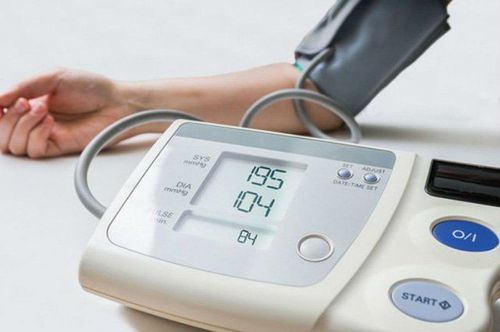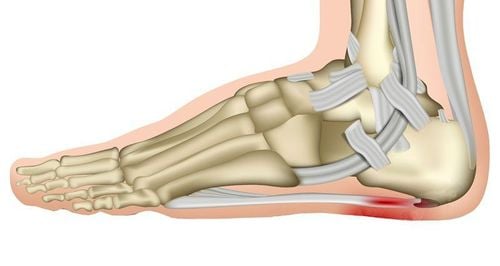Nội dung bạn đang tìm kiếm không có phiên bản tiếng Việt.
Vui lòng chọn tiếp tục để xem nội dung tiếng Anh hoặc đi đến trang chủ Tiếng Việt.
Rất xin lỗi về sự bất tiện này.

Home
Tag NCPAP breathing
Articles in NCPAP breathing

Technique of continuous positive pressure breathing through the nose at Vinmec Phu Quoc
In the emergency resuscitation steps, ensuring breathing and heart rate is one of the first factors that determine the patient's survival. Currently, at Vinmec Phu Quoc Hospital, continuous positive airway pressure has been applied in many clinical cases to support the recovery of respiratory capacity for patients with a success rate of up to 95%.
Xem thêm

Necrotizing pneumonia in children: Many dangerous complications
Necrotizing pneumonia in children can cause symptoms of cough, fever, and difficulty breathing. Treatment of necrotizing pneumonia is often long and difficult, especially in children, which is often more complicated than in adults.
Xem thêm

Respiratory failure in infants
Respiratory distress is a very common syndrome in the neonatal period, especially in the first days after birth, during the time the baby adapts to the outside environment. Premature babies are more susceptible to respiratory distress than full-term babies.
Xem thêm

Methods of support for infants with respiratory failure
The respiratory and circulatory systems of newborns, especially premature babies, have not yet fully transformed from the respiratory and circulatory systems of the fetus after birth and need time to mature. Therefore, infants are more susceptible to respiratory and circulatory failure than full-term infants.
Xem thêm

Continuous positive pressure breathing in the treatment of respiratory failure
Respiratory failure is a condition in which the respiratory system is unable to maintain gas exchange according to the body's needs. Ensuring the body's oxygen supply is an important factor in determining the patient's life. Continuous positive airway pressure in the treatment of respiratory failure helps reduce symptoms of respiratory failure and restore respiratory function. Thanks to this method, the use of invasive methods is limited, thereby limiting the risk of complications.
Xem thêm













